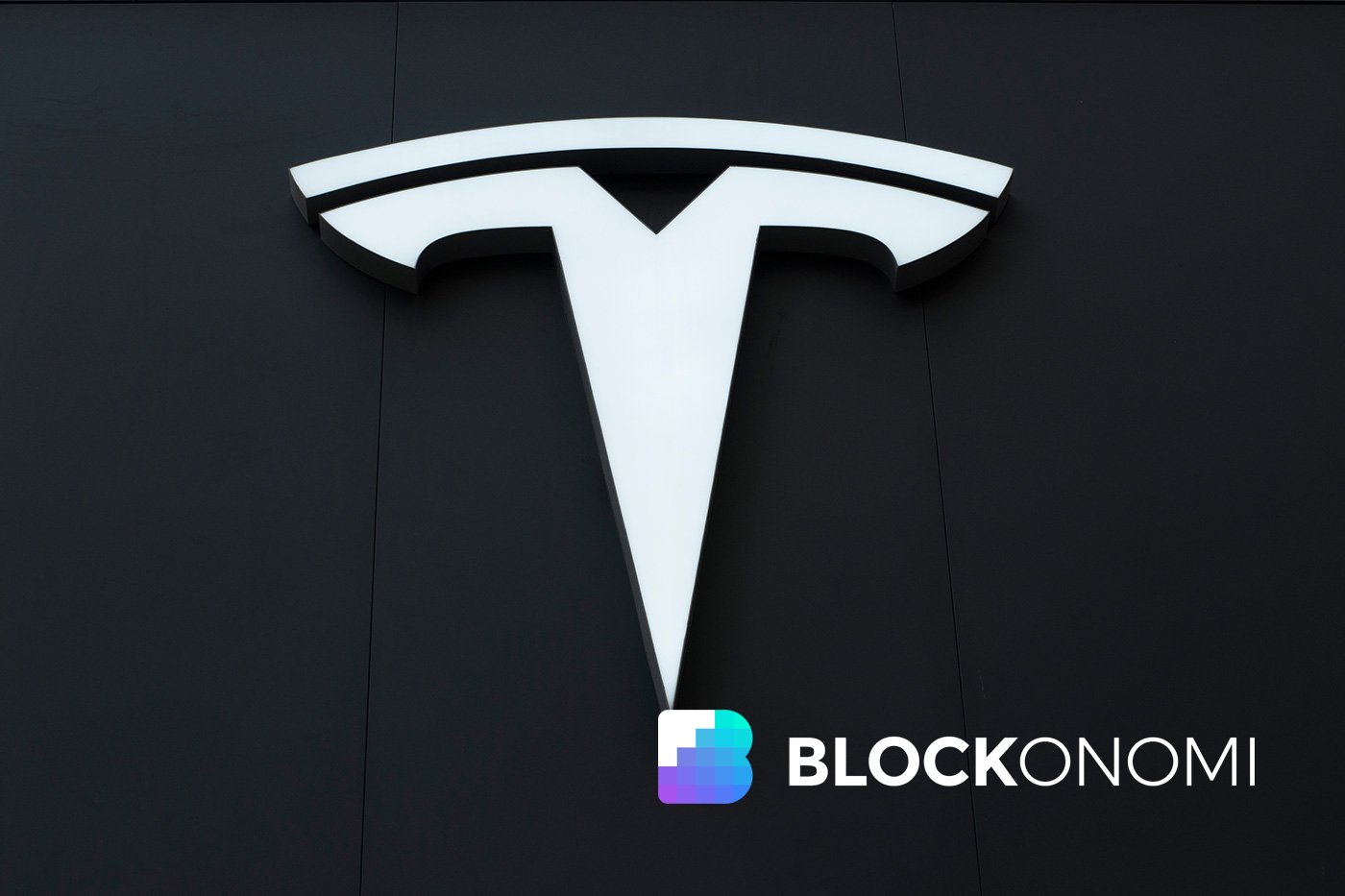
The world of autonomous vehicles is evolving rapidly, and Tesla continues to lead the charge. In this article, we’ll explore Tesla’s recent developments in its robotaxi projects, its stock performance, and the challenges it faces in scaling up production and technology.
Tesla’s Robotaxi Fleet: A Reality Check
Elon Musk’s ambitious plans for Tesla’s robotaxi fleet have made headlines once again. Initial promises suggested a fleet of 500 robotaxis in Austin by year-end 2025. However, Musk recently revealed this number is now expected to hit just 60 vehicles in December. This revised figure, while disappointing for some investors, highlights Tesla’s scalability challenges but also underscores the complexity of autonomous driving technology.
Currently, only three metro areas—Austin, the Bay Area, and potentially Phoenix—appear to be on track for 2025 deployments. Expansion to further locations likely hinges on overcoming regulatory hurdles and solidifying Full Self-Driving (FSD) advancements. Presently, Tesla’s rides still require safety monitors, though Musk predicts they’ll be removed by late 2026, pending regulatory approval.
Stock Performance Analysis
Tesla’s stock remains in a strong uptrend despite intermittent volatility. Trading around $426.60 as of November 27, the share price has doubled since April 2025. Significant support levels have formed around $390-$410, while resistance is observed at $460-$470. A breakthrough above $470 could indicate renewed bullish momentum, whereas falling below $400 may trigger further declines.
Several analysts maintain an optimistic outlook on Tesla. Melius Research has labeled Tesla a “must-own” stock heading into 2026. The firm’s analysis highlights Tesla’s leadership in artificial intelligence, FSD advancements, and in-house chip development as crucial drivers of value.
However, challenges persist. Mizuho Securities recently lowered Tesla’s price target from $500 to $475, citing reduced electric vehicle (EV) subsidies in key markets like the U.S. and China. Declining tax credits and tightening competition continue to put pressure on Tesla’s profitability.
Opportunities and Challenges in the EV Market
Tesla’s strategic investments in AI and proprietary hardware have positioned it ahead of competitors, but scaling these technologies for mass deployment remains a significant challenge. Additionally, reduced subsidies for EVs in China and the U.S. could dampen Tesla’s price advantage and potentially slow down delivery growth.
Investors and enthusiasts are also looking forward to updates on Tesla’s Cybercab initiative and new breakthroughs in FSD technology. The Relative Strength Index (RSI) for Tesla stock remains neutral at 50-55, reflecting current cautious trading sentiments.
What This Means for Tesla Enthusiasts
If you’re bullish on Tesla’s stock or its technological innovations, this could be an excellent time to review your investment strategy. For those excited about Tesla’s robotaxi and FSD advancements, the upcoming months hold significant promise.
Interested in capitalizing on the EV industry? Consider keeping an eye on other innovative brands and products leveraging cutting-edge technologies. For example, Tesla’s Superchargers and accessories like the Tesla Wall Connector make owning an EV more accessible and convenient.
As the EV market evolves, staying informed about emerging technologies and Tesla’s strategies can help you capitalize on long-term opportunities.



